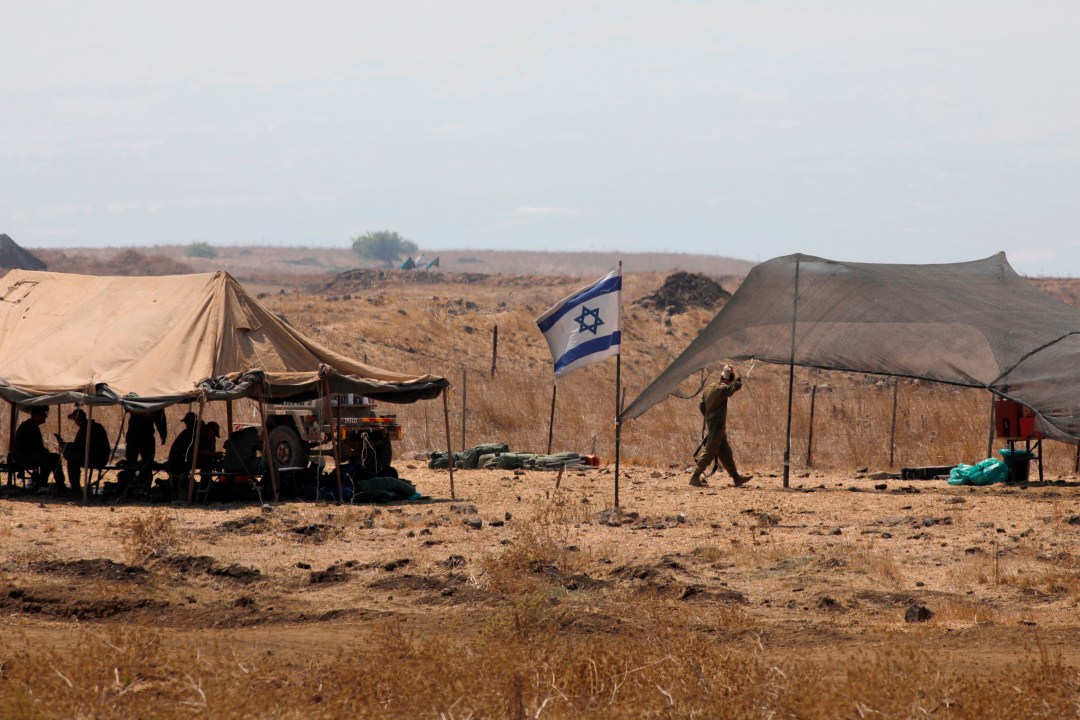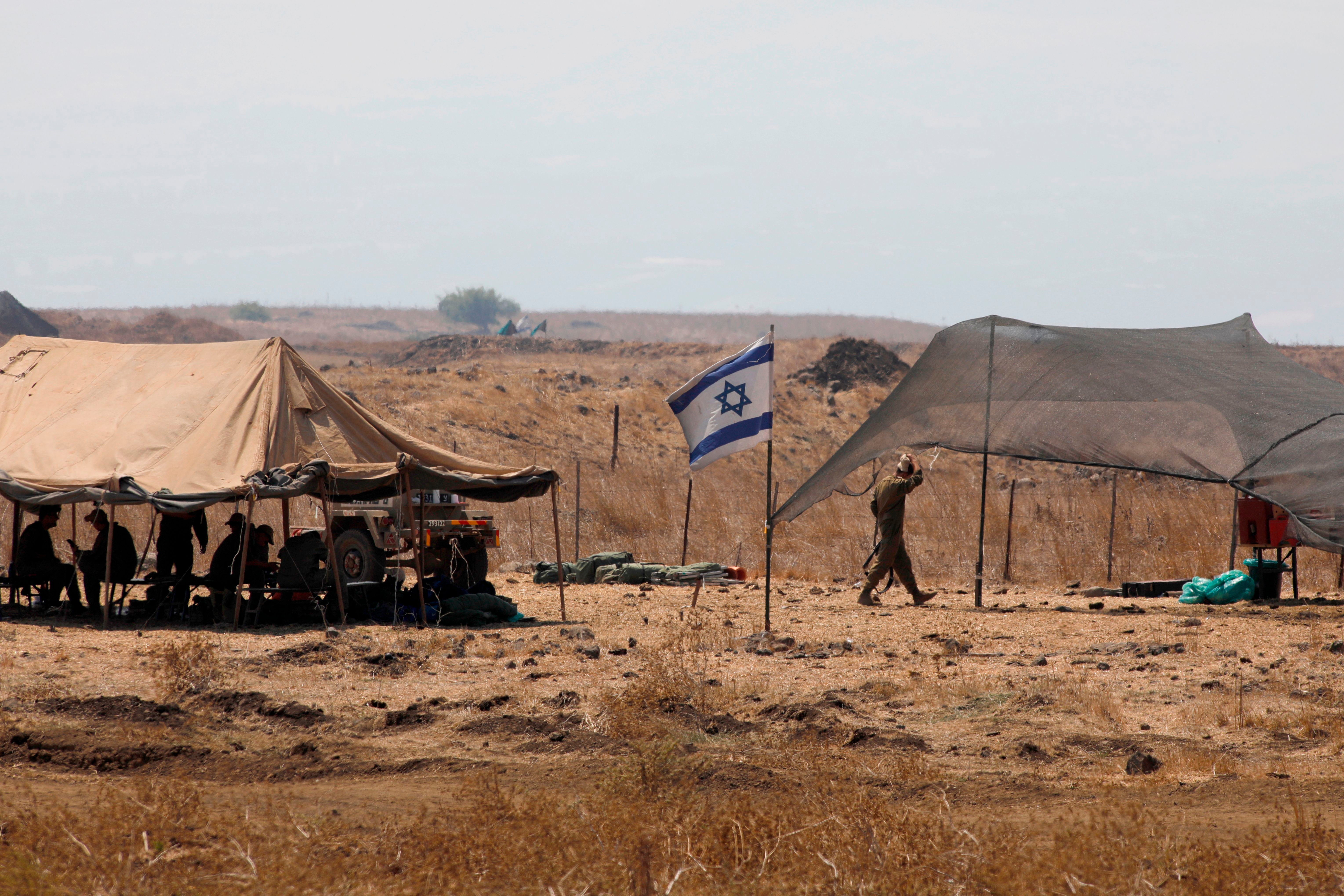Ain Qana is a pretty pastoral village perched on a hillside in southern Lebanon. On 22 September a large explosion destroyed a building on the edge of the village. It was about 12 miles from the Israeli border. Reports indicated it was a munitions storage linked to Hezbollah, the Iranian-backed Lebanese terror group.
Hezbollah is navigating a complicated time in Lebanon today. After Beirut’s massive explosion in August, the organisation has come under scrutiny because of its illegal weapons stores across Lebanon. However, the Hezbollah also has members in parliament. In July it accused Israel of killing one of its members in Syria and vowed to respond. What was the Hezbollah member doing in Syria? He was part of the increasing presence of the group in Syria. Iran traffics weapons through Syria to Hezbollah.
This is part of the reality that Israel faces daily on its northern border. Hezbollah, armed and backed by Iran, has more than 100,000 rockets and has been increasing its investments in drones and precision-guided missiles.

Get Britain's best politics newsletters
Register to get The Spectator's insight and opinion straight to your inbox. You can then read two free articles each week.
Already a subscriber? Log in







Comments
Join the debate for just £1 a month
Be part of the conversation with other Spectator readers by getting your first three months for £3.
UNLOCK ACCESS Just £1 a monthAlready a subscriber? Log in